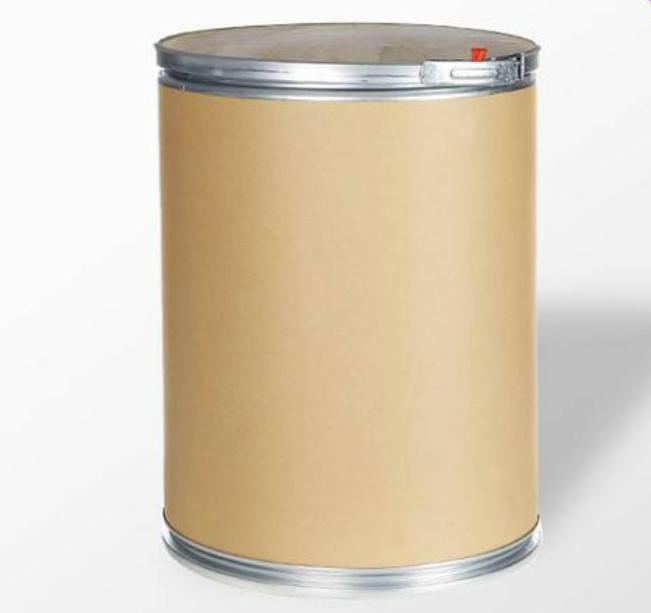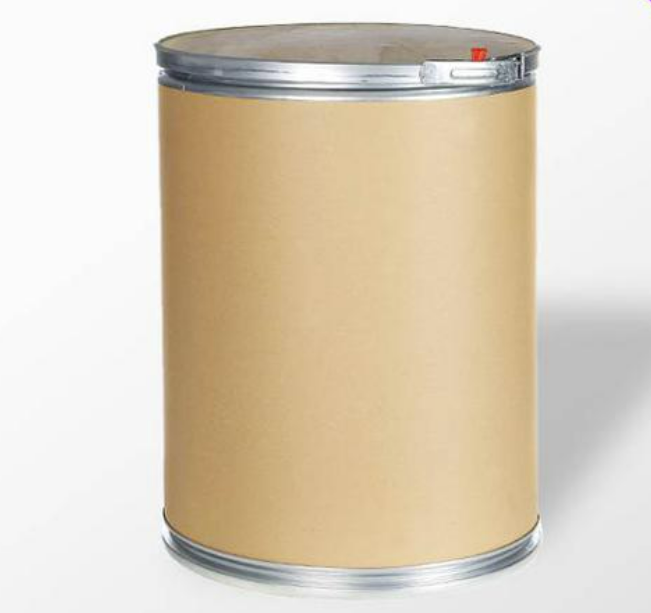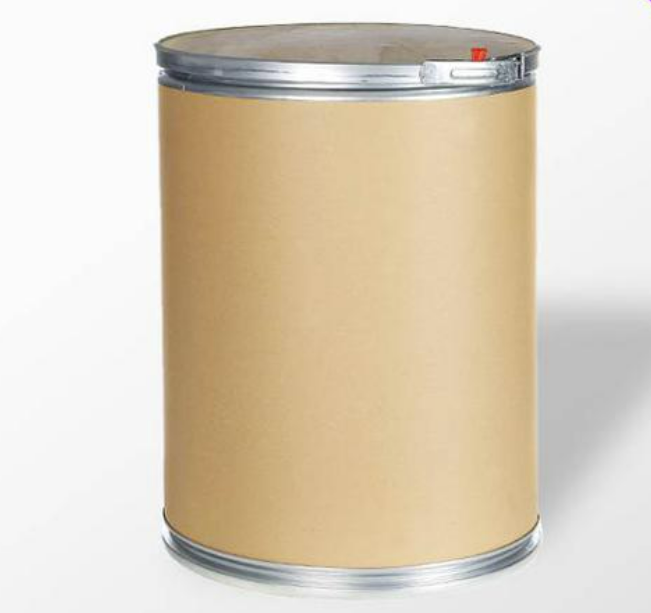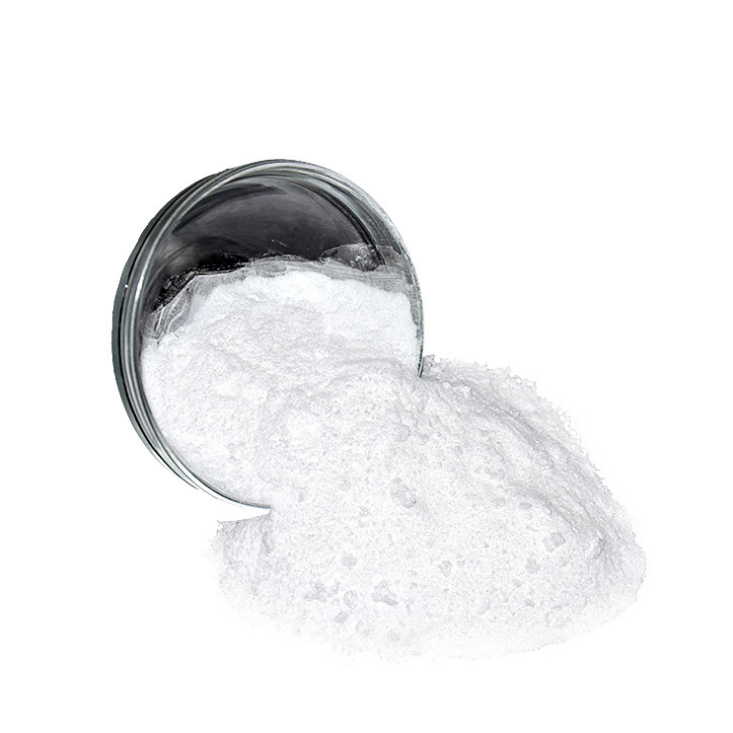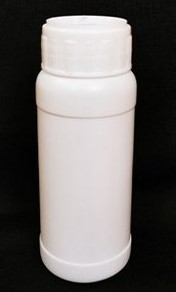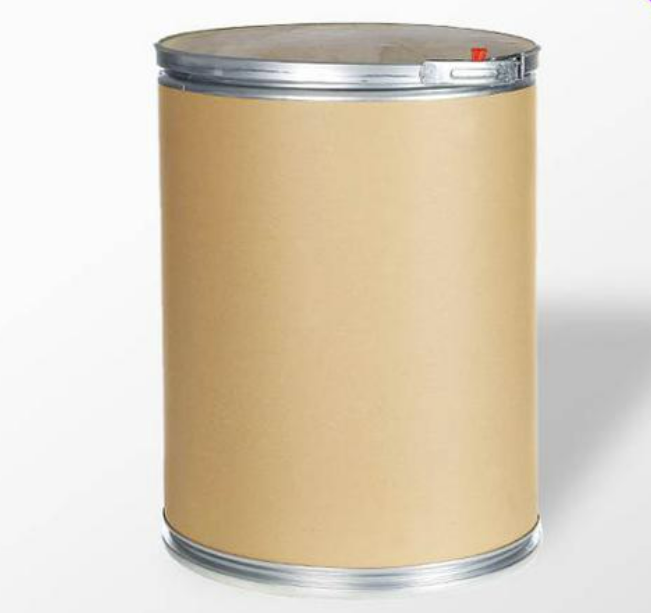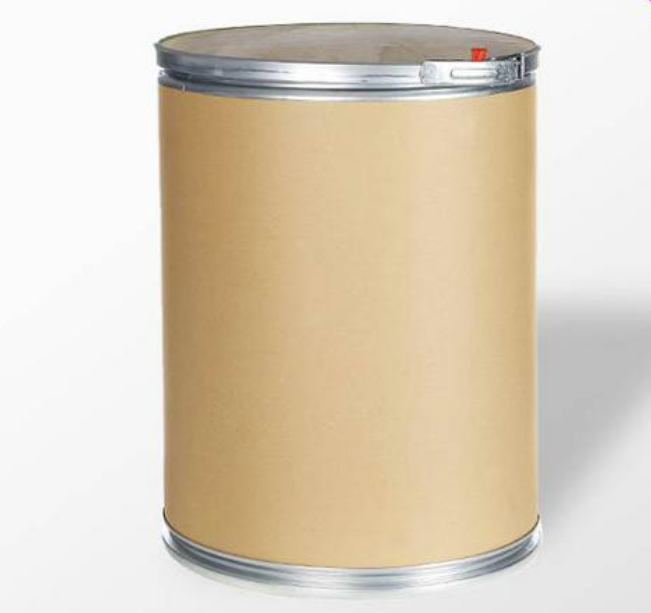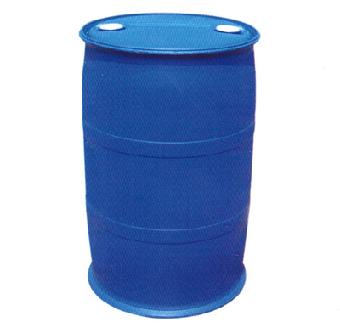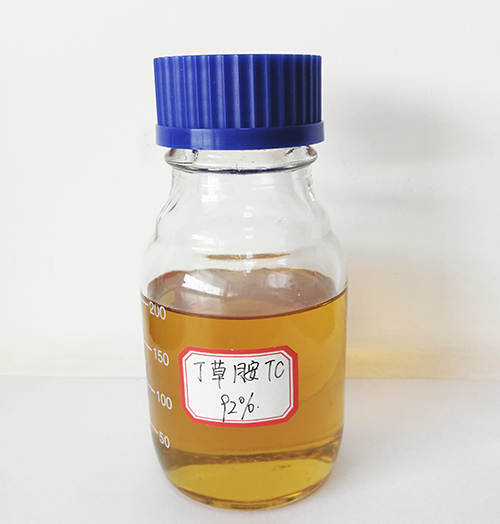CAS:1702-17-6
Molecular Formula:C6H3Cl2NO2
Alias
More Information
Cyronal; Lontrel; Shield; Campaign; Loncid; 3,6-Dichloropyridine-2-Carboxylic Acid; Format; Benzalox; Cirtoxin; 3,6-DCP; 3,6-Dichloropicolinic Acid
Brief Introduction
At present, dichloropyridine acid and granule are mainly used to control broad-leaved weeds in rape field, such as rabdosia and Sonchus.
Suppliers
View More Vendors (2) >
Alias
More Information
Banvel; Mediben; 3,6-Dichloro-2-Methoxybenzoic Acid; 2,5-Dichloro-6-Methoxybenzoic Acid
Brief Introduction
Dicamba is a benzoic acid herbicide (benzoic acid). It has the function of internal absorption and conduction, and has a significant control effect on annual and perennial broad-leaved weeds. It is used to prevent and eliminate pig plague, buckwheat vine, Chenopodium, ox hazel, large nest vegetable, sown mother lettuce, Xanthium sibiricum, Boehmeria, Convolvulus convolvulata, spinach, Vitex, carp intestines, etc. After spraying, the chemicals are absorbed through the stems, leaves and roots of the weeds, and are transmitted through the phloem and xylem. It is also used to prevent and remove woody shrubs in farming areas.
Suppliers
View More Vendors (2) >
Alias
More Information
4-Amino-3,5,6-Trichloropicolinic Acid; 4-Amino-3,5,6-Trichloro-2-Pyridinecarboxylic Acid; 4-Amino-3,5,6-Trichloropyridine-2-Carboxylic Acid; 3,5,6-Trichloro-4-Amino-Picolinic Acid; 2-Pyridinecarboxylic Acid, 4-Amino-3,5,6-Trichloro-
Brief Introduction
This product is an auxin herbicide, which is widely used to control broad-leaved weeds.
Suppliers
View More Vendors (2) >
CAS:219714-96-2
Molecular Formula:C16H14F5N5O5S
Alias
More Information
2-(2,2-Difluoroethoxy)-N-(5,8-Dimethoxy-[1,2,4]Triazolo[1,5-C]Pyrimidin-2-Yl)-6-(Trifluoromethyl)Benzenesulfonamide; 2-(2,2-Difluoroethoxy)-6-Trifluoromethyl-N-(5, 8-Dimethoxy[1,2,4]Triazolo[1,5-C]Pyrimidin-2-Yl)Benzenesulfonamide; 3-(2,2-Difluoroethoxy)-N-(5,8-Dimethoxy[1,2,4]Triazolo[1,5-c]Pyrimidin-2-yl)-α,α,α-Trifluorotoluene-2-Sulfonamide
Brief Introduction
Penoxsulam is a new generation of herbicide for paddy field, which is effective by inhibiting acetophthalein lactate synthase (ALS). It is mainly used to control weeds in paddy field. It is the most widely used herbicide in paddy field. It can effectively control barnyardgrass (including barnyardgrass resistant to enemy barnyardgrass, dichloroquinolinic acid and acetyl CoA carboxylase) and annual Cyperaceae weeds, It is also effective for many broad-leaved weeds, such as biogas pistil flower, carp intestines, Sesbania, slub flower, duck tongue grass, etc. The duration of efficacy is 30 ~ 60 days. One application can basically control the harm of weeds in the whole season.
Suppliers
View More Vendors (2) >
Alias
More Information
N-(Butoxymethyl)-2-Chloro-N-(2,6-Diethylphenyl)-Acetamide; Butaclor; 2',6'-Diethyl-N-(N-Butoxymethyl)-2-Chloroacetanilide; 2-Chloro-N-(2,6-Diethylphenyl)-N-(Butoxymethyl)Acetamide; Machette; N-(Butoxymethyl)-2-Chloro-N-(2,6-Diethylphenyl)Acetamide; N-Butoxymethyl-2-Chloro-2’,6’-Diethylacetanilide; Pillarsete; N-(N-Butoxymethyl)-N-Chloroacetyl-2,6-Diethylaniline; Machete; N-(N-Butoxymethyl)-2',6'-Diethyl-2-Chloroacetanilide; Delchlor 5G; Hiltachlor; Bilchlor; Machete (Herbicide); Pillarset; Paragras; N-(Butoxymethyl)-α-Chloro-N(2,6-Diethylphenyl)Acetamide; N-(Butoxymethyl)-2-Chloro-2',6'-Diethylacetanilide; Rasayanchlor; Trapp; N-(Butoxymethyl)-2-Chloro-N-(2,6-Diethylphenyl)-Acetamid
Brief Introduction
Butachlor is a selective pre bud herbicide with amide absorption and conduction. The pure product is a light yellow oily liquid with a slight aromatic flavor. It is insoluble in water and soluble in many organic solvents. Its chemical properties are stable at room temperature, neutral and weak alkaline conditions. Under strong acid condition, it will accelerate its decomposition and can be degraded in soil. It is low toxic to human and livestock, irritating to skin and eyes, and high toxic to fish. It was mainly absorbed by the young buds of weeds, followed by the roots. After absorbing butachlor, plants can inhibit and destroy protease in vivo, affect the formation of protein, inhibit the normal growth and development of young buds and roots of weeds, and make weeds die.
Suppliers
View More Vendors (2) >
Inquiry (
10
/ 10
)
Clear All
Sign In
Error!

